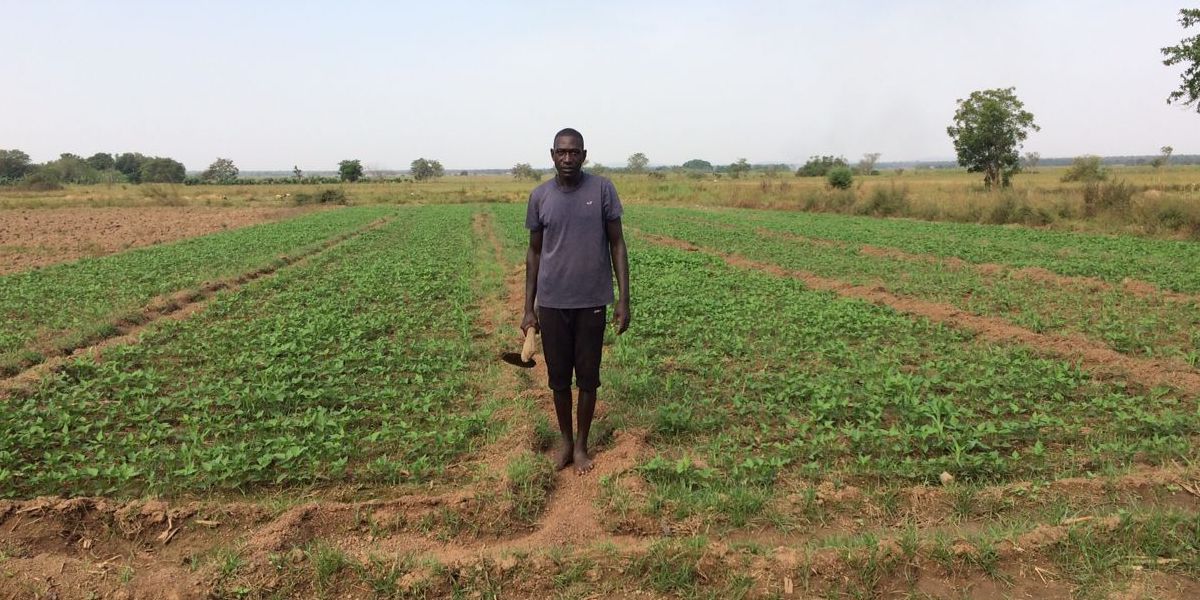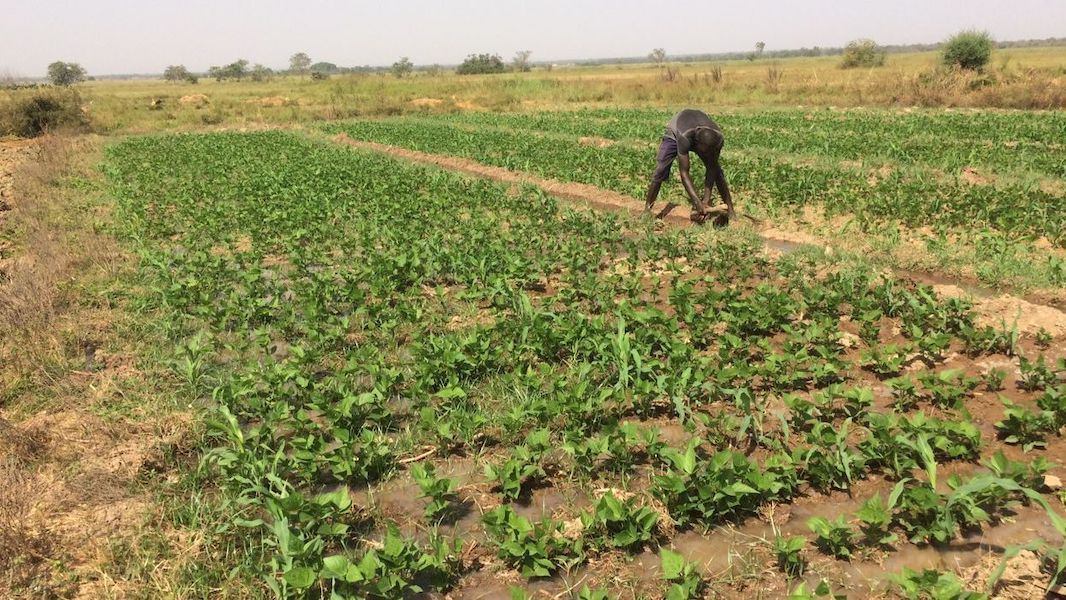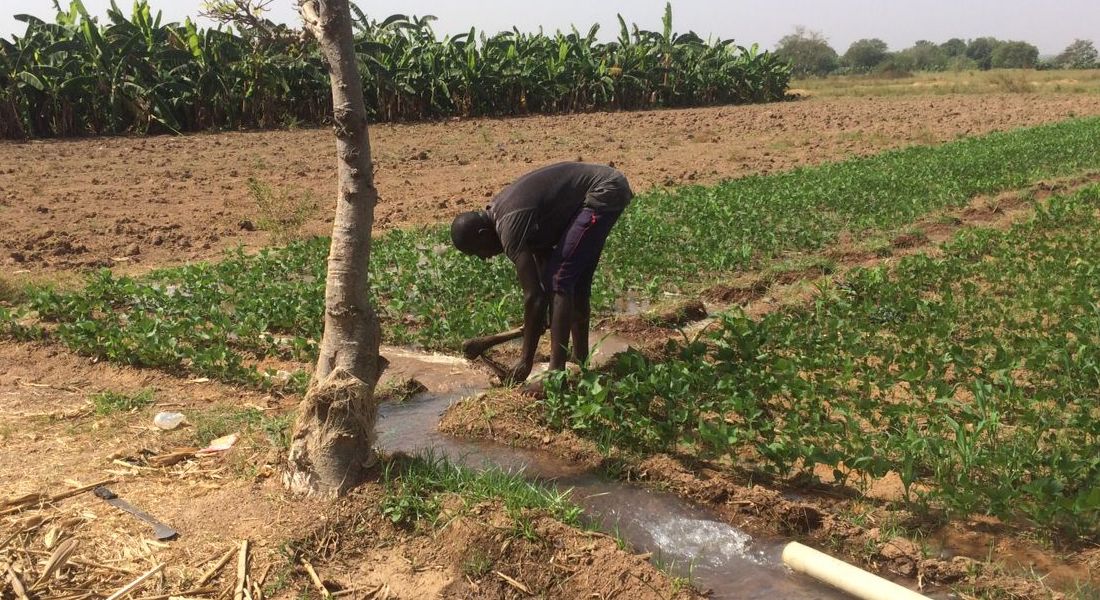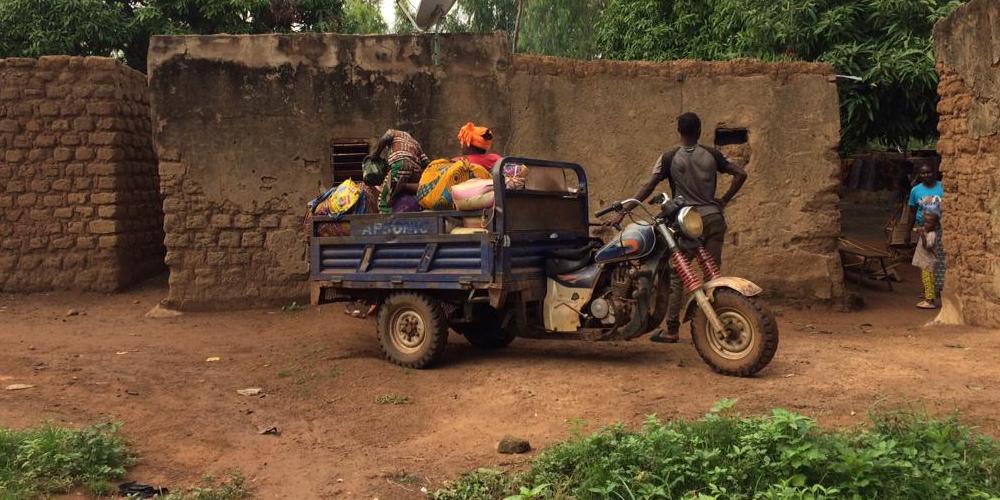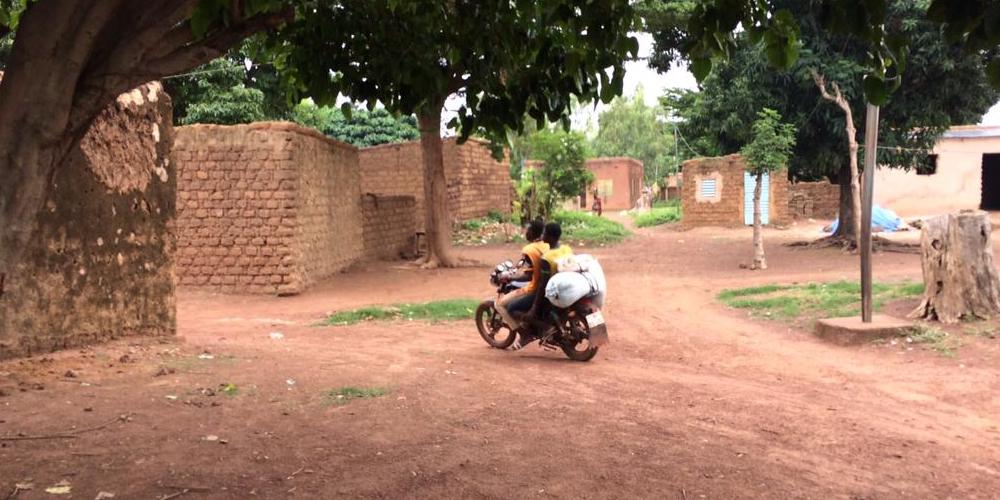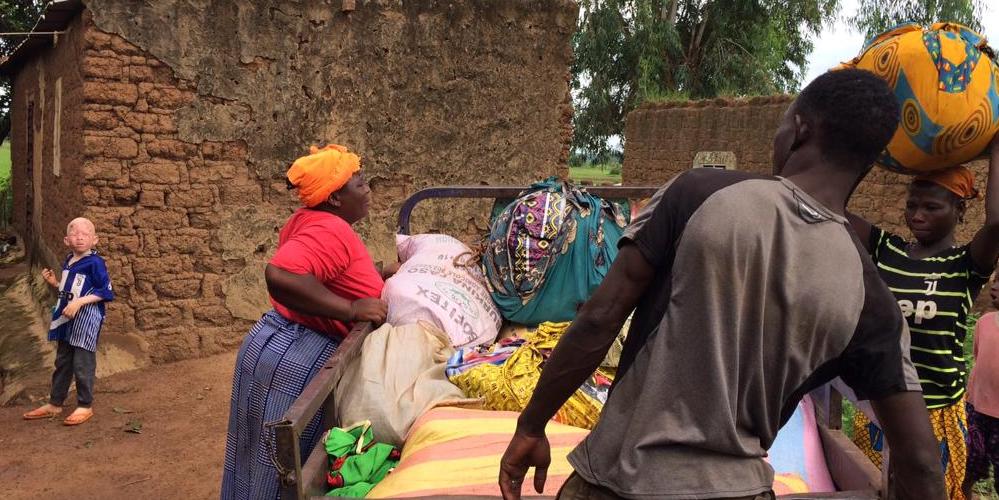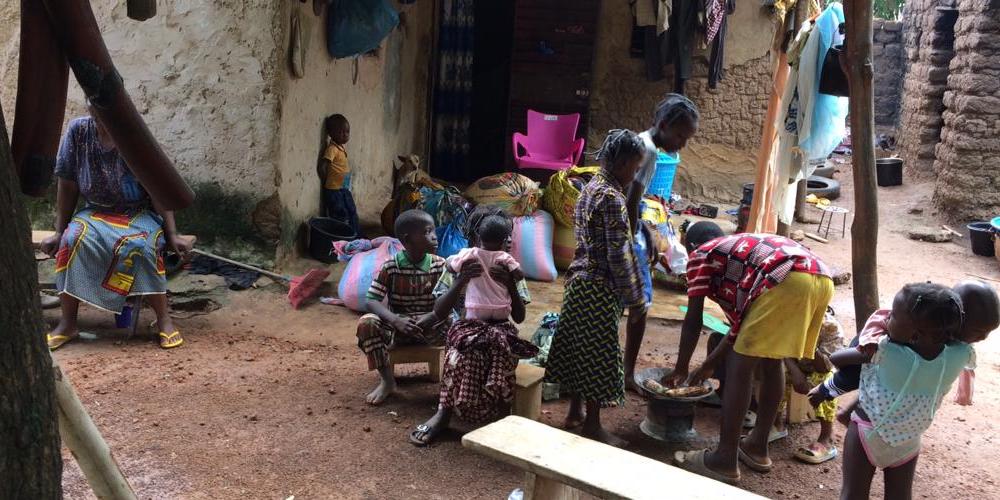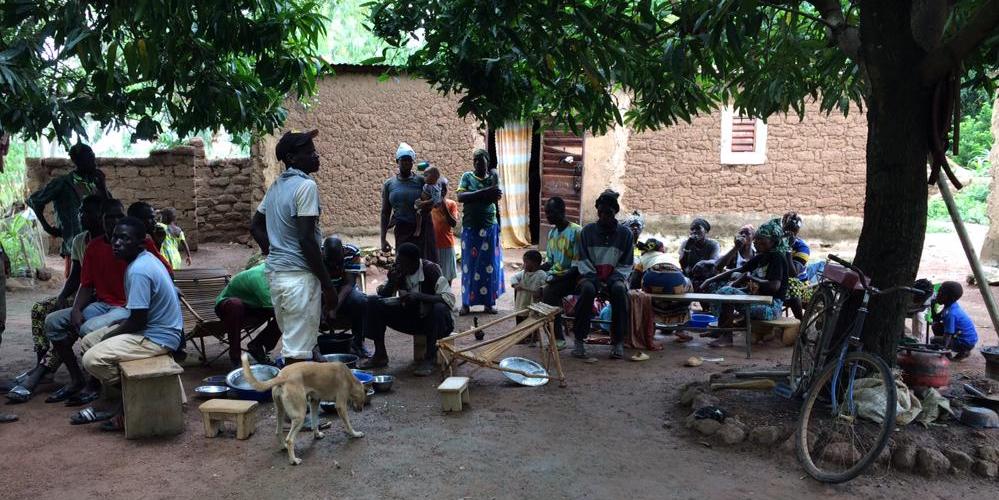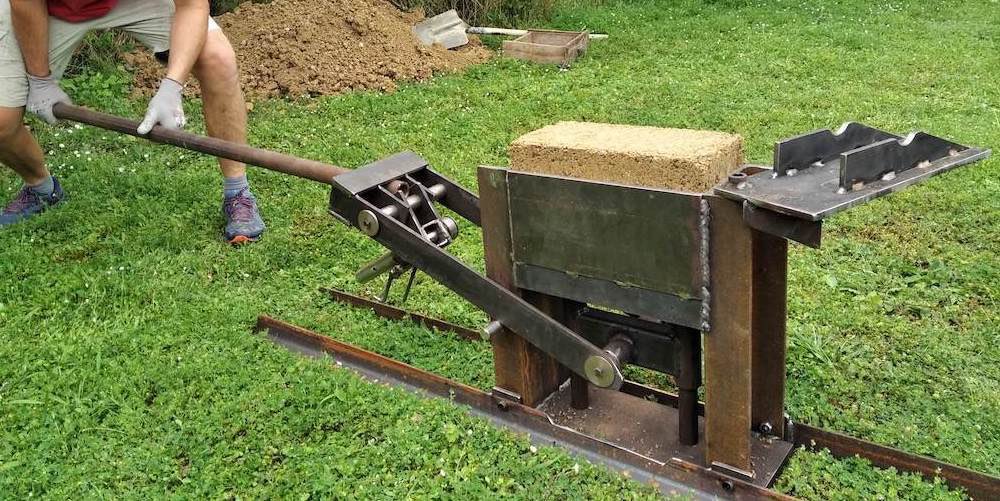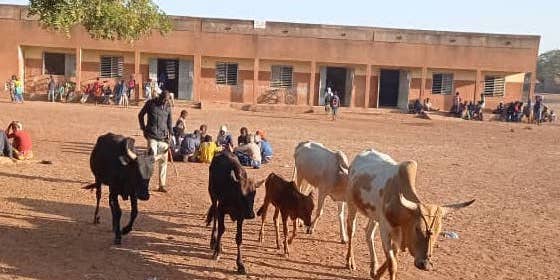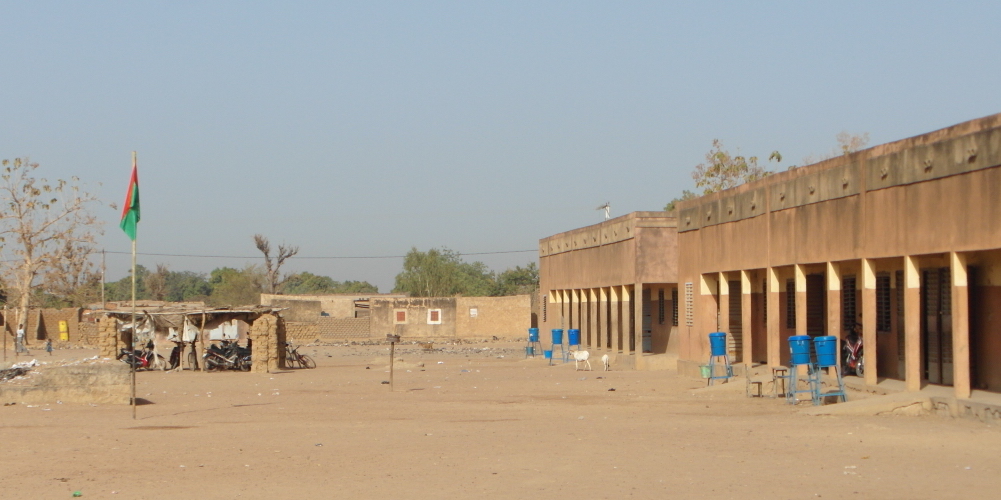Agriculture in the Kou Valley
Yacouba, a young fisherman in the Kou valley, has 2,500 m² of agricultural land to feed his family (around ten people).
In the rainy season from May to September, he grows corn allowing him to harvest 350 to 400 kg of corn which will be
transformed into flour and consumed in the form of tô. During the dry season, green beans are an income-generating crop. This bean is sometimes found on Parisian stalls.
Green beans, which are the main crop, are generally combined with corn so that the latter benefits from the bean's ability to fix nitrogen in the air. This corn will be harvested fresh and eaten grilled.
Usually, farmers in the Kou Valley apply 1 ton of fertilizer per hectare (NPK and Urea) for this crop. The cost of fertilizer (€750 per tonne) is a significant expense.
Goals
Shown that a reduction in the quantities of fertilizer applied does not affect yields.
What to do
Budget forecast 150 €
01/02/2024
Donor
Chèque ou virement
Displaced from Chioma
Burkina Faso has been plagued by intensifying jihadist violence since 2015. In eight years, they have left more than 16,000 dead and more than two million displaced, according to NGOs.
Some of the inhabitants of the fishermen's camp in the Kou valley, where the ADVK has been operating since 2014, come from the village of Chioma 70 km to the north. This village was attacked on Monday August 1 at 1:30 p.m.
by armed individuals on motorcycles. They arrived shooting in the air, creating panic in the village. They went to the village Imam and slaughtered him and his son. Two VDP (Homeland Defense Volunteers) were also shot and killed. Food and animals were stolen and the rest burned.
While trying to escape, several children drowned in the swollen river during the rainy season.
After covering around forty kilometers on foot, they were picked up by vehicles and took refuge with their parents at the fishermen's camp. To date, around sixty people have arrived at the fishermen's camp.
Goals
Provide emergency food aid and buy mats so people don't sleep on the floor.
We are in the lean season where stocks from the previous harvest are ending while the new harvest has not yet arrived. Stocks are sometimes not enough for the family
and the arrival of displaced people is an exorbitant burden.
What to do
Purchase of 450 kg of food (corn and rice) which will feed 60 people for 2 or 3 weeks and 20 mats will be distributed.
Three concessions are concerned and the food will be distributed according to the number of people accommodated in each concession.
Budget forecast 500 €
15/07/2023
Donor
Advk --> 100 €Marie --> 50 €
Sébastien --> 50 €
Marion --> 30 €
Gérard --> 100 €
Marie --> 100 €
Kevin --> 70 €
Camille --> 10 €
Carole --> 10 €
Edmond --> 20 €
Chèque ou virement
school fence wall
In Burkina Faso, the school space is still, today, most often open, and its demarcation is not materialized.
In rural areas, the crossing of school grounds by individuals or livestock is frequent, whether during class hours or not causing
accidents and preventing the development of the school yard. For this reason, closure is often one of the first demands of school directors
or teachers.
Goals
Construction of an 800 m perimeter wall around the 3 primary schools with 1,500 students.
In order to limit costs and the environmental footprint it was decided to build the wall using compressed and stabilized earth bricks (BTCs).
The brick is compressed with a CINVA-RAM type manual press designed by engineer Raul Ramirez in 1952 in Colombia.
Stabilization with 3 to 5% cement increases the resistance of the blocks to compression, erosion and the harmful effects of water.
Land is an abundant and renewable local resource. Manual compression does not use fossil energy (no cooking) and the small quantity of cement used
limits CO2 emissions.
On such a site, the use of earth bricks saves around 30 tonnes of CO2
(The equivalent of the annual emissions of 6.5 French people or those of 150 Burkinabés).
What to do
The press was built in France and transported to the site in a container.
The test phase should start in January 2022 with the construction of a low wall before the start of the 2022 rainy season (April-May) making it possible to test
the resistance of bricks and the construction technique with this type of brick.
If the test of the wall is conclusive, work on the school perimeter wall should begin in early 2023.
Budget forecast 23000 €
Donor
Chèque ou virement

